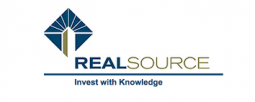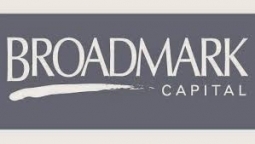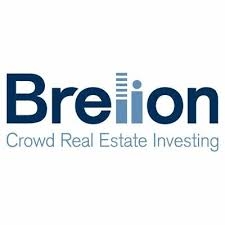In the world of commercial real estate, the dynamics of interest rates and cap rates play a vital role in shaping investment decisions. Cap rates, representing the expected rate of return on a property, and interest rates, determining the cost of borrowing capital, are interconnected factors that significantly influence the profitability and attractiveness of commercial real estate investments. In this article, we will explore the effects of higher interest rates on commercial real estate when they surpass prevailing cap rates, delving into potential consequences for investors, property valuations, and the overall market.
1. Shifting Investor Sentiment:
When interest rates rise above prevailing cap rates, investor sentiment often undergoes a significant shift. Commercial real estate investors typically seek higher returns on their investments to compensate for the increased cost of borrowing. As a result, they may become more cautious and demand higher cap rates to justify the risk associated with investing in properties with lower expected returns. This increased caution can lead to reduced demand and a potential decrease in property valuations.
2. Impact on Property Valuations:
Higher interest rates create a higher cost of debt, making financing more expensive for property acquisitions and development projects. As a result, property valuations may be negatively affected, particularly if rental income and property cash flows are not strong enough to offset the higher interest expenses. Buyers may negotiate lower purchase prices or adjust their return expectations to accommodate the higher borrowing costs. Consequently, property owners may experience downward pressure on asset values, affecting their equity positions and potential profit margins.
3. Increased Financing Costs:
The cost of borrowing plays a crucial role in commercial real estate transactions. With higher interest rates, lenders become more cautious and adjust their lending criteria. They may demand higher down payments, stricter loan-to-value ratios, or impose more stringent underwriting standards. As a result, investors may face challenges in obtaining financing, leading to a slowdown in property acquisitions and development activities. Additionally, existing property owners may struggle to refinance their debt or face higher interest payments, impacting cash flow and profitability.
4. Potential Market Corrections:
In an environment where interest rates on debt exceed prevailing cap rates, market corrections may occur. As investors demand higher returns to compensate for increased borrowing costs, property prices may experience downward pressure. This correction could be more pronounced in markets where cap rates were previously compressed due to low interest rates, resulting in a readjustment to a new equilibrium. Market corrections may lead to increased investment opportunities for cash-rich investors but also present risks for those holding properties with high leverage or weak income streams.
5. Sector-Specific Effects:
Different sectors within commercial real estate may be impacted differently when interest rates surpass cap rates. For instance, properties with long-term leases and stable cash flows, such as office buildings leased to creditworthy tenants, may be less affected compared to properties with shorter lease terms or those in sectors like hospitality or retail, which are more sensitive to economic fluctuations. Additionally, developers relying heavily on debt financing for construction projects may face challenges in obtaining funding or need to revise project timelines and profit expectations.
Conclusion:
The relationship between interest rates and cap rates in commercial real estate is complex and multifaceted. When interest rates on debt exceed prevailing cap rates, the effects can reverberate throughout the industry. Investors may become more cautious, property valuations may face downward pressure, financing costs may increase, market corrections may occur, and sector-specific impacts may be observed. As always, market participants must carefully analyze these factors and adapt their investment strategies accordingly to navigate the changing landscape of commercial real estate.

_main.jpg)








